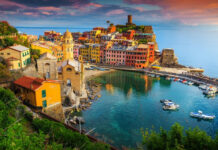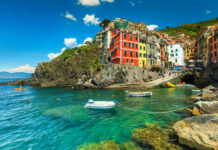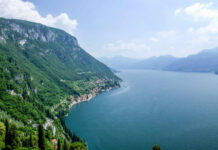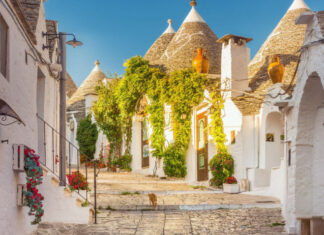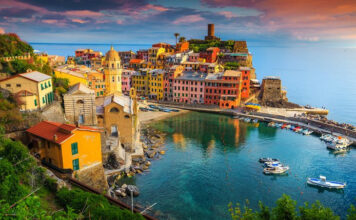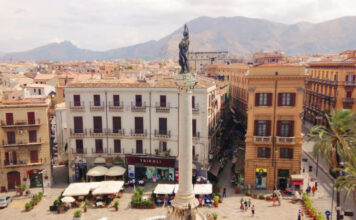Venice, a city suspended between water and sky, is famous for its iconic canals, ornate palaces, and cobbled streets. While tourists flock to the Grand Canal and the awe-inspiring St. Mark’s Square, there’s a darker, more enigmatic side to this timeless city—a hidden world of legends, ghost stories, and forgotten passageways that few ever see. Venice is not just a city of beauty, but a place steeped in history and mystery, where whispers of the past linger in its narrow alleyways and forgotten corners.
This journey through the hidden, eerie side of Venice will lead you through centuries-old legends, spine-chilling ghost stories, and the secretive, labyrinthine pathways that once held the city’s deepest secrets.
1. The Legend of the Devil’s Bridge
One of the most enduring and eerie legends of Venice is tied to a bridge that crosses the Rio di Palazzo, near the Doge’s Palace. The Ponte del Diavolo (Devil’s Bridge) is not as well-known as some of Venice’s grander bridges, but its tale is enough to send shivers down your spine.
The story goes that when the bridge was being constructed, the workers faced a daunting challenge. They couldn’t complete the bridge despite their best efforts, and progress stalled. In their desperation, they made a pact with the devil, who promised to finish the bridge in exchange for the soul of the first person to cross it. The workers, seeing no other way, agreed. The devil kept his end of the bargain, and the bridge was completed.

When it came time for someone to cross the bridge, the workers—unsurprisingly—feared that they might be the ones to lose their souls. So, they tricked a poor soul into crossing first—a man who was, unfortunately, one of their own. In the end, the devil took the man’s soul, but left behind a cursed bridge as a reminder of their dangerous pact.
Though the bridge no longer stands in its original form, the Ponte del Diavolo remains a fascinating part of Venice’s shadowy folklore.
2. The Ghost of the Doge’s Palace
The Doge’s Palace, a symbol of Venice’s power and grandeur, hides its own spectral history. While many visit to admire its intricate architecture and stunning artwork, few know about the ghosts said to haunt its grand halls and chambers.
One of the most famous apparitions is the ghost of Doge Marino Faliero. In 1355, Faliero was executed for his involvement in a failed coup against the Venetian government. He was beheaded in the square outside the palace, and it is said that his restless spirit continues to roam the palace’s corridors, seeking vengeance for his unjust death.
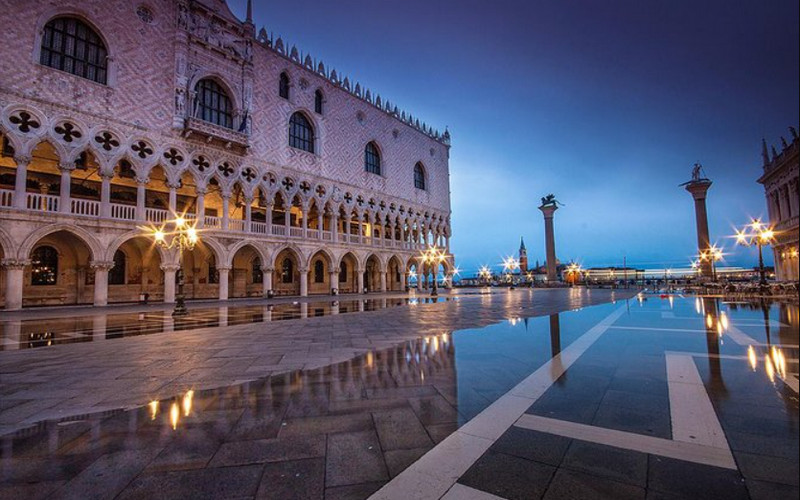
Some claim that the ghost of the doge can still be seen in the shadows of the palace’s Sala del Maggior Consiglio (Great Council Hall), where he once plotted his ill-fated rebellion. Visitors who spend too long in the hall sometimes report feeling a cold chill, followed by the unsettling sensation of being watched. Others say they have heard whispers of Faliero’s name drifting through the air.
The haunting of Marino Faliero is just one of many eerie stories tied to the Doge’s Palace, which once housed a network of secret passageways, torture chambers, and dungeons, each with its own dark history.
3. The Secret Passages and Hidden Doors
Venice is a city of secrets, and its hidden passageways and secret doors only add to its sense of mystery. Beneath the bustling streets and canals, a labyrinth of tunnels and chambers connects the city’s most important buildings, many of which are now forgotten. Some of these passageways were used by Venetian nobility to move about the city undetected, while others were built for far more sinister purposes.
In particular, the Palazzo Ducale (Doge’s Palace) is home to several hidden corridors, which were once used by the city’s secret police to spy on the nobility or imprison criminals. Perhaps the most famous of these passages is the Bridge of Sighs, which connects the palace to the old prisons. It is said that prisoners would take their last walk along this bridge before being locked away for life, their final view of the beautiful city being their last sigh of freedom.
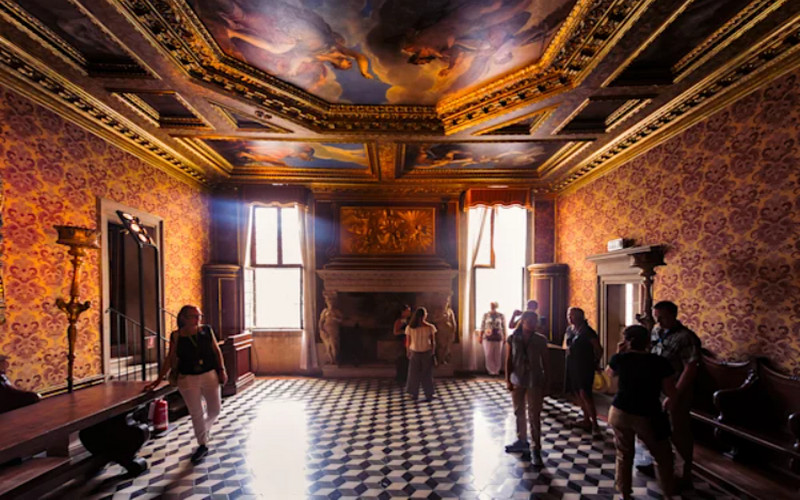
The true significance of these hidden passageways and secret doors is often overlooked by tourists, but they are a testament to Venice’s complex and shadowy past. Today, some of these tunnels have been uncovered, and they offer a rare glimpse into a world that once existed just beneath the surface of the city.
4. The Legend of the Ghost of La Fenice
Another Venice legend involves the Teatro La Fenice, one of the most famous opera houses in Italy. Built in the early 19th century, La Fenice has seen its fair share of tragedy, including a devastating fire in 1836 and another in 1996. But what many don’t know is that the opera house is said to be haunted by the spirit of a beautiful woman named Elena.
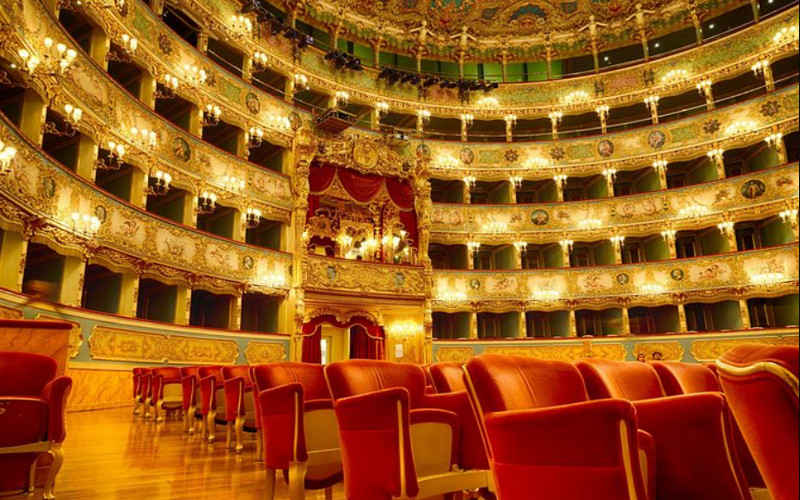
According to the legend, Elena was a singer in the opera house who fell in love with a nobleman. Unfortunately, her lover was already promised to another woman, and Elena, heartbroken and consumed with despair, threw herself off one of the balconies of La Fenice during a performance. It’s said that her ghost still haunts the opera house to this day, and visitors sometimes report seeing her apparition in the dimly lit hallways or hearing a faint melody echoing through the air.
The legend of Elena adds an air of melancholy to the already haunting history of La Fenice, and it’s no surprise that the opera house continues to be one of the most eerie and captivating landmarks in Venice.
5. The Venetian Plague and the Ghosts of the Dead
Venice’s history is also marked by death, disease, and plague. During the 14th and 17th centuries, the city was ravaged by devastating outbreaks of the plague, which claimed the lives of thousands of Venetians. One of the darkest periods in the city’s history, the plague left behind not only a physical but also a psychological scar on Venice.
It is said that many of the plague victims—those who died alone or in isolation—still haunt the city today. Some of the most notorious ghost sightings occur in the Ponte della Purgatoria, a bridge that was once the site of mass burials during the plague years. Locals say that the souls of the dead still wander the city, seeking peace or retribution. Tourists who visit the bridge at night often report strange noises, cold breezes, and fleeting shadows.
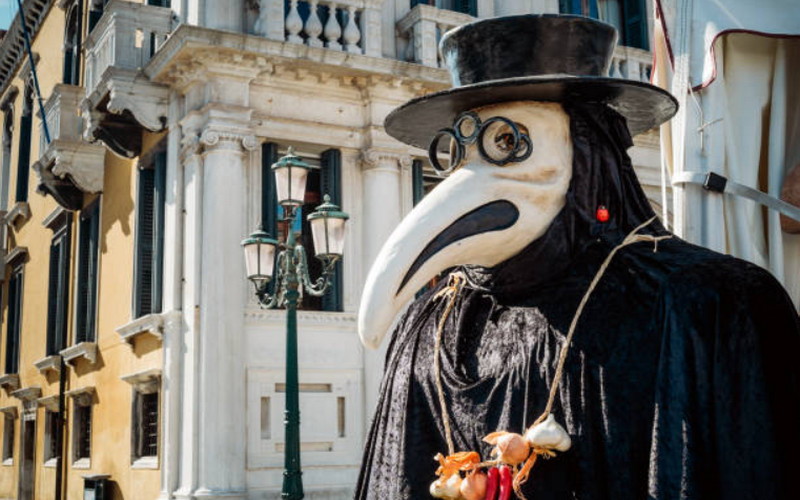
Others claim to have seen the figures of plague victims wandering the streets, their bodies twisted and contorted as they seek solace in a world that no longer welcomes them. While these ghost stories are perhaps the most tragic, they are an integral part of Venice’s dark history.
6. The Eerie Quiet of San Michele Island
Just off the coast of Venice lies San Michele Island, home to the city’s cemetery. Here, behind its high walls, rests a collection of Venice’s most famous figures, including poets, artists, and musicians. But beneath the peaceful exterior of the island lies an eerie air of solitude and quiet, broken only by the occasional sound of a distant bell toll.
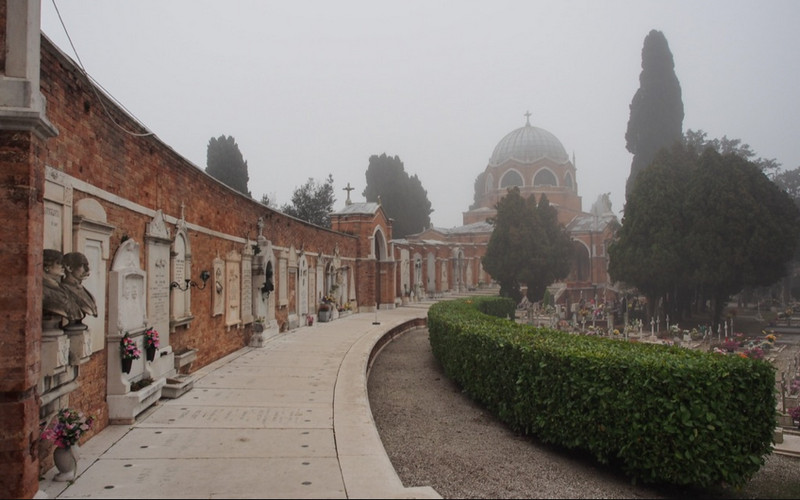
San Michele Island has been the site of several ghost sightings over the years, and many believe that the souls of the dead continue to walk the island. Some visitors report feeling an overwhelming sense of sadness or unease, as if the island itself is alive with the spirits of the past.
A City of Shadows
Venice is a city that invites exploration, not just for its beauty but for its enigmatic and mysterious side. The legends, ghost stories, and hidden passageways are an integral part of its charm, offering a glimpse into a past that still lingers in the shadows. As you wander through its narrow streets and across its haunted bridges, keep an open mind—you never know what mysterious tales might reveal themselves.
Whether you’re drawn to the dark history of the Doge’s Palace, intrigued by the tragic story of Elena at La Fenice, or captivated by the whispered secrets of hidden passageways, Venice holds an allure that goes far beyond its beauty. It’s a city of mystery, a place where the past never truly fades into the distance and where every corner has a story to tell.

